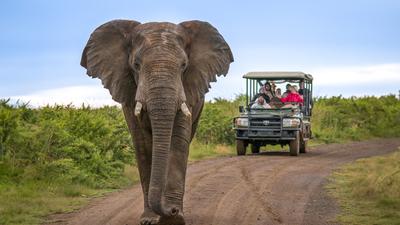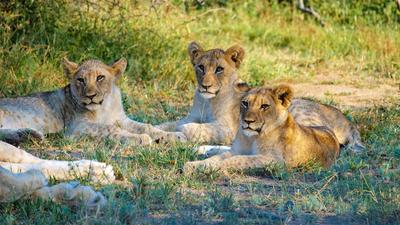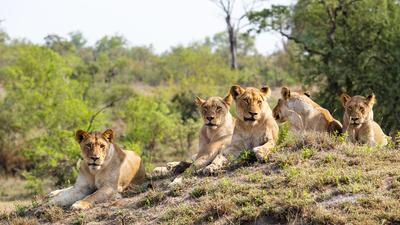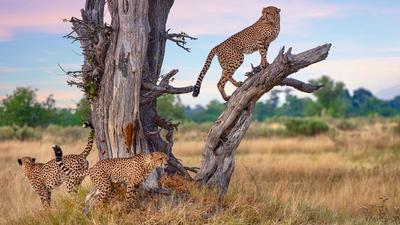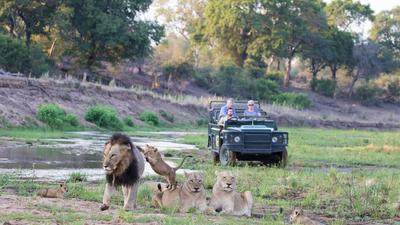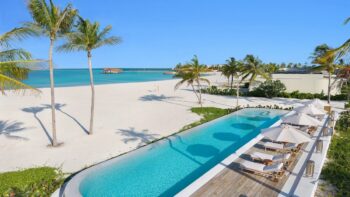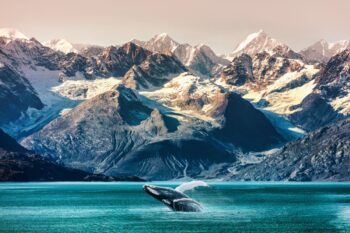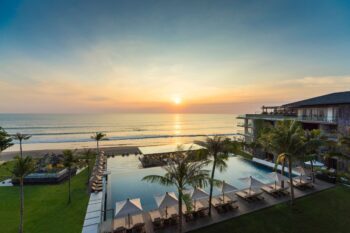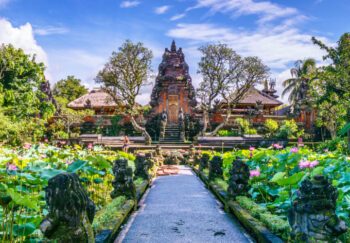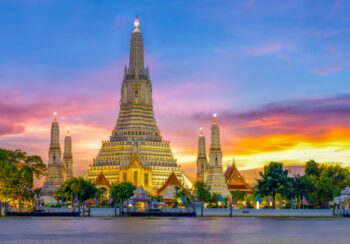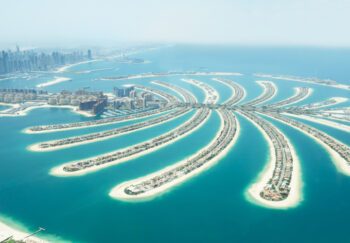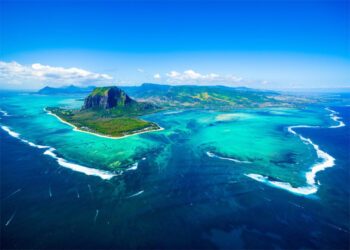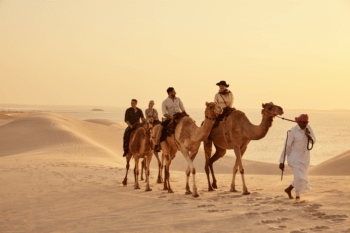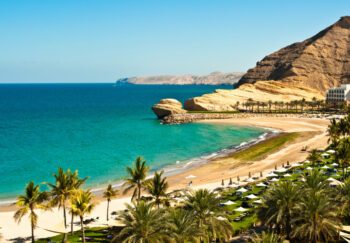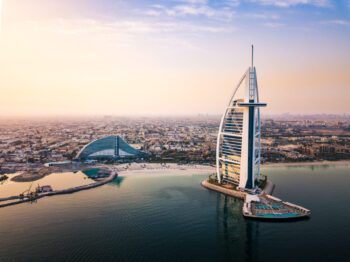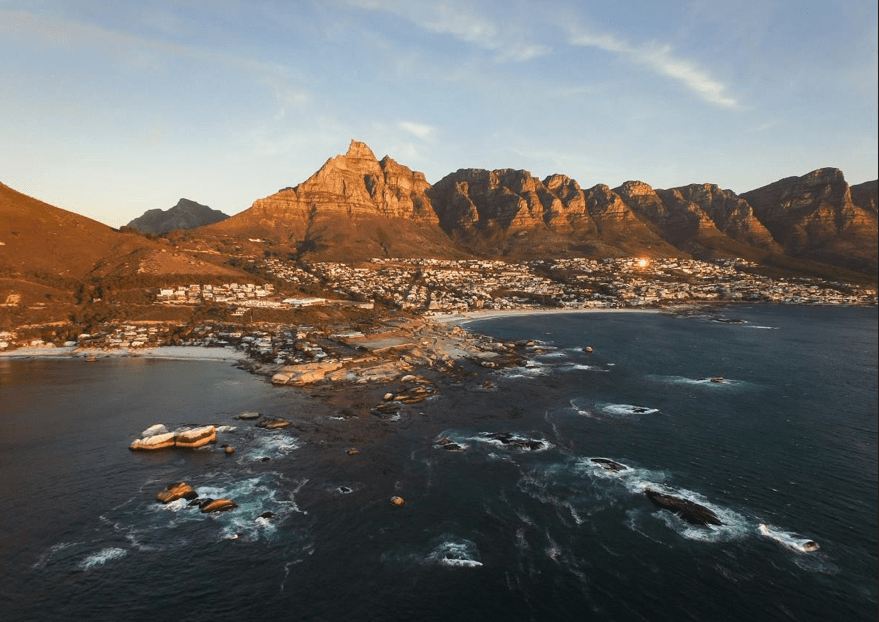
Many destinations lay claim to offering something for every kind of traveller, but South Africa is a country that walks the walk. For the foodies, it is the winelands of the Western Cape and the punchy flavours of Cape Malay cuisine. For the thrill-seekers, it is up-close encounters with the Big Five on safari. Meanwhile, those with a head for history will find compelling stories in every corner of the country.
Read on to find out why, now more than ever, South Africa needs to be on your holiday wishlist (if it’s not already).
1. The exchange rate can mean experiencing more for less
The cost of travelling through South Africa is easy to tailor to your budget, and the price of many everyday items is about one third of that in Australia (A$1 is the equivalent of about R12). Eating local is a great way to help make your budget go further, however visitors also have an abundance of fine-dining and high-end options – including incredible steakhouses and Michelin-starred restaurants – should you look to splash out. A beer costs about $5 and cocktails are similarly priced, although it varies based on spirit used. Another tip for making your budget work harder is to visit Cape Town during the winter, as hotel rates tend to be lower – and have more availability! – and top sights can be quieter.
2. Cape Town makes a super scenic launchpad
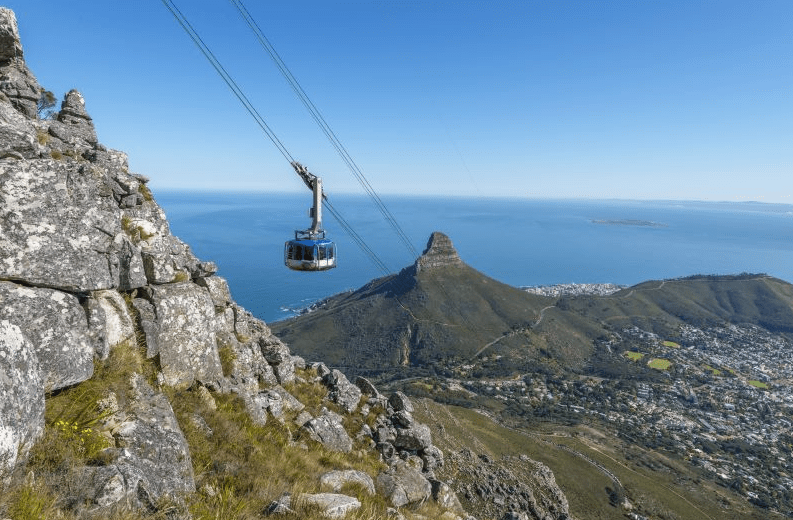
Sandwiched between Table Mountain and the Atlantic Ocean, Cape Town is South Africa’s oldest city and your gateway to exploring the grape-strewn winelands, the wilds of Cape Point and the beginning of the Garden Route. In the city itself, the well-heeled V&A Waterfront houses hotels, restaurants, bars and boutiques; it is also where the ferry to Robben Island departs. Bo-Kaap is the former Cape Malay Quarter of the city, known for its candy-coloured houses that represent its residents’ opposition to former government rule. Swap city for the coast with trips to Camps Bay, Simon’s Town, and Hout Bay, not forgetting to visit the African penguin colony that call the sands near Boulders Beach home. Push deeper into Table Mountain National Park to tick off the Cape of Good Hope and feed your appetite for adventure back at some of Cape Town’s most acclaimed diners – FYN for South African-Japanese fusion, French-Asian tasting menus at La Colombe, or The Test Kitchen for an experience dubbed one of the country’s best.
3. The wine is incredible
South African’s first vines were planted in the 17th century and today span more than six main wine-producing regions. The most famous is the Coastal Region, a subregion within the Western Cape. Here, townships such as Stellenbosch and Franschhoek have become synonymous with South African wine, particularly for cabernet sauvignon and merlot. The former town is also the birthplace of pinotage, a wonderful varietal only grown in South Africa. The Cape Winelands are easily visited on a day trip from Cape Town, however there is more than enough in the area to warrant spending a night or two at local accommodation. Other regions to explore during your time in South Africa include Klein Karoo, Cape South Coast, Olifants River and Breede River Valley. No matter where you choose to sip and savour some of South Africa’s best drops though, expect to pay between $8 – $12 for a glass of wine (depending on the restaurant).
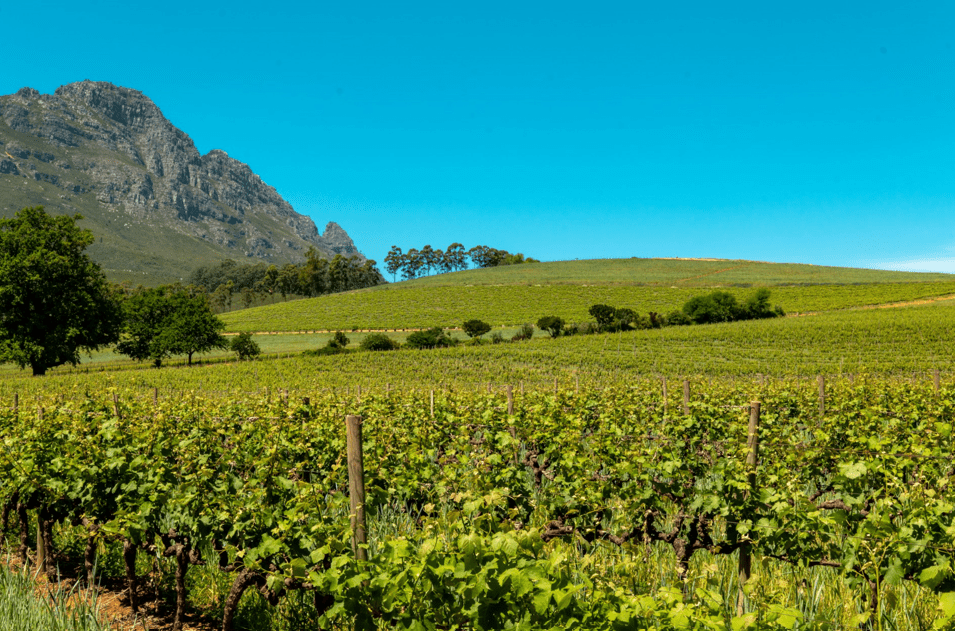
4. There is more to South African cuisine than biltong
Yes, you should definitely have plenty of biltong when you visit South Africa but there is more to this country’s cuisine than the famed cured meat. Braai is a traditional South African method of cooking or grilling meat over an open flame outside – but it’s much more than barbecue. Braai is integral to South African culture, often used as the centrepiece of celebratory feasts. Be sure to try braaibroodjie, a take on a toasted cheese sandwich, too. Cape Malay cuisine is another of South Africa’s culinary calling cards. It is unique to the Western Cape, influenced by flavours and traditions of Malaysia, Indonesia, and other East African nations. Cape Malay dishes are known for full, punchy flavours and use of mild spice. Hungry for more? Snack on vetkoek (filled yeast buns usually deep fried), dig into bobotjie (a deep-dish casserole), munch on sosatie (grilled skewers), and give your sweet tooth its fix with malva pudding, a baked sponge with apricot jam and topped with a warm cream sauce. South Africa’s modern culinary scene is also making a splash: Johannesburg was announced as #2 on Time Out‘s ‘The World’s Best Cities for Food’ in 2024, with particular attention given to local eats including Sowetan kota sandwich, bunny chow and mala mogodu.
5. The diverse landscapes make for incredible drives
Buckle up, South Africa is a great destination for a drive. One of the most famous trips is the legendary Garden Route, which passes through towns including Mossel Bay, George and Knysna. There are paths to follow the Garden Route along the coast or inland, both as rewarding with gorgeous landscapes, winding roads, scenic mountain passes and plenty of opportunity to make photo stops (or stretch your legs). The Cape Loop takes visitors from False Bay to the Cape of Good Hope and then back northward along the Atlantic Seaboard. Alternatively, follow the Panorama Route to marvel at the majesty of Blyde River Canyon, God’s Window and Bourke’s Luck Potholes.
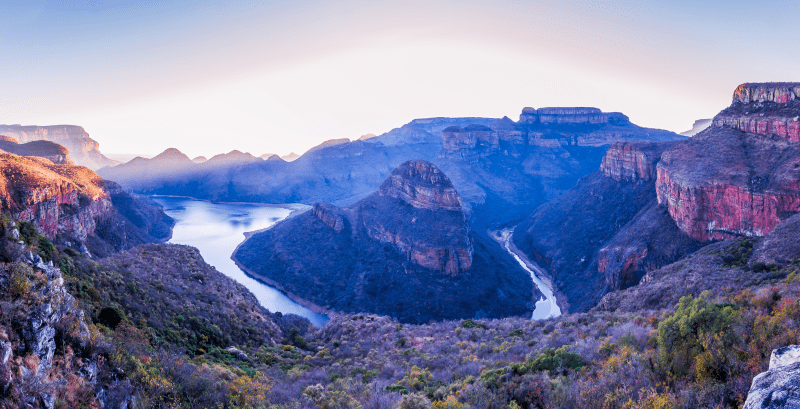
6. Its history is complex and compelling
There are centuries of history to unpack during your time in South Africa. Visit the ‘Cradle of Humankind’, one of eight UNESCO World Heritage-listed sites in South Africa, located outside of Johannesburg. It compromises underground limestone cave networks and numerous fossil excavations, and the findings yielded here contributed to proving the ‘Out of Africa’ theory – that humankind originated in Africa. Still in Johannesburg, the Apartheid Museum is a window into the world of 20th-century South Africa and how the leaps the country has made since. Other sites around the city for modern history learning include the former prison complex at Constitution Hill and Mandela House in Soweto.
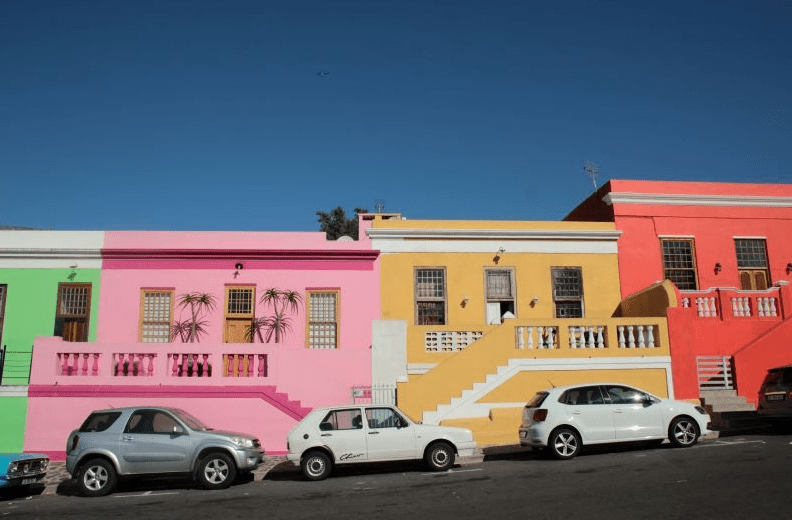
Cape Town is home to the oldest-surviving colonial building in South Africa, the Castle of Good Hope. Inside, exhibitions and displays chronicle the arrival of Dutch and British colonists. The South African Museum has a collection of more than one million artefacts, some dating back more than 100,000 years ago, or learn more about the history of its bright houses and multicultural community at the museum of Bo-Kaap. One of the most visited, and most notorious sites in South Africa, is Robben Island. The former prison island, now a museum, was designated a UNESCO World Heritage site in 1999 and is known for its incarceration of opponents to apartheid rule, most notably Nelson Mandela and Walter Sisulu.
7. The safari opportunities are top-class

While you can certainly visit South Africa without experiencing safari, it would be an opportunity squandered to not tick off this bucket list encounter. Kruger National Park and the Greater Kruger Areas are two of South Africa’s pre-eminent destinations for safari – Sabi Sands Game Reserve, Kapama Private Game Reserve, Mala Mala Game Reserve – although other areas such as Pilanesberg National Park, Madikwe Game Reserve and the Eastern Cape should not be overlooked. The latter destinations are also in malaria-free areas, making great options for travelling families and those with younger children. Some lodges and reserves offer immersive conservation activities too, allowing you to go behind the scenes and see how wildlife protection works and how local communities are engaged – think meeting anti-poaching units, partaking in elephant collaring conservation work, and learning more from guides and ranges passionate about protecting the natural landscape.
Self-drive safaris through national parks are rewarding, however those looking to get the most out of their wildlife encounters can look to game drives and trips led by experienced guides and rangers. Game drives typically occur twice daily (one at dawn, the other at dusk) if you are staying at a lodge, increasing your chance of seeing the Big Five – African elephant, lion, leopard, water buffalo and rhino – and other wildlife, such as giraffe, zebra, antelope and more. No two game reserves or lodges offer the same experience; so, visiting more than one is a popular option. Just make sure you have ample storage for photos on your smart phone.
Looking for more travel inspiration? Find out How to Spend a Week in Cape Town.
